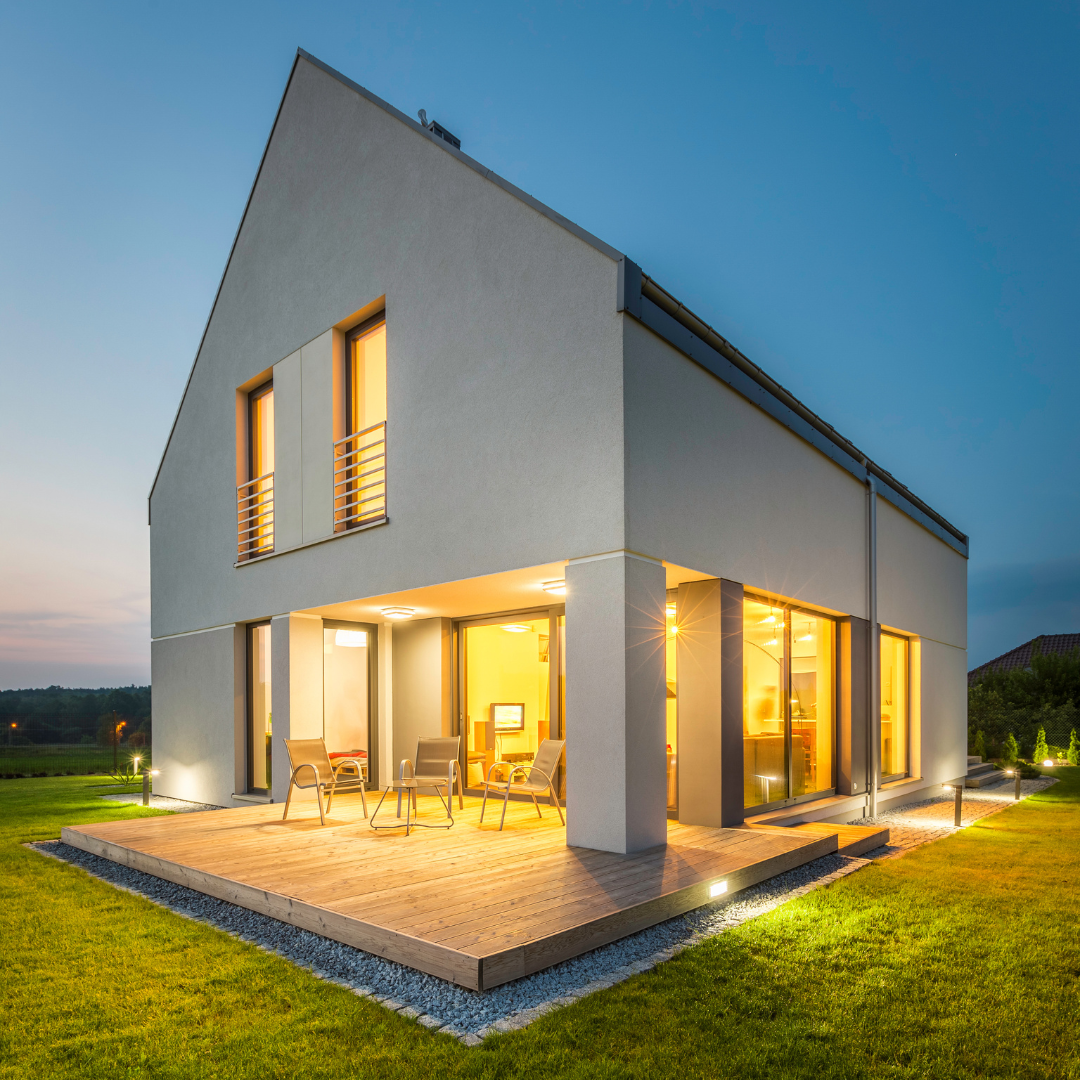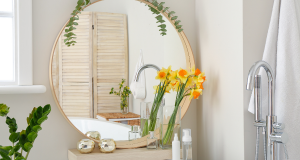Choosing the right lighting for your home is one of the most important decisions you can make. It’s the final touch that transforms a room from a simple area into an elaborate design. It is also what enables you to switch to a more environmentally conscious lifestyle, with a focus on sustainable practices.
But with the rapidly increasing cost of electricity, it can become a pricey affair. So, if you’re looking to save money and reduce your impact on our environment, you should consider opting for Residential Solar power for your home.
This article elaborates on how solar power can use natural resources more efficiently than traditional sources of energy like coal or other petrochemical-based fuels. Also, it can provide insight into how there are new designs for solar-powered lamps that offer versatile solutions for every decorating style.
What Are the Benefits of Solar Power?
It is advantageous to install solar panels at your residence for a number of reasons. Firstly, they lead to significant cost savings on your energy bills while simultaneously lessening your environmental footprint. Additionally, solar energy is dependable, as even on cloudy days, your solar panels can continue generating electricity.
Solar power is reliable, too. If the sun isn’t shining, your solar panel will still generate electricity. And even if there is some cloud cover, your solar panel will still produce a small amount of electricity. This means that solar power is always available to use, even when there is no sunlight.
You can install a solar panel on your roof or the side of your house. And you don’t need to be an expert to use solar power: most panels come with instructions that you can follow easily.
Pros and Cons of a Solar Home
There are some definite pros and cons to considering a solar-powered home, but the benefits outweigh the drawbacks. The biggest pro is that it is environmentally friendly, as solar energy requires no fuel other than the sun. In addition, solar homes are typically cheaper to operate than traditional homes – especially if you’re looking at long-term cost savings.
One potential downside of going solar is that it can be more difficult to get your home ready for installation. You’ll need access to good roofing, framing, and electrical work, as well as enough sunlight to generate energy. Additionally, some people may not be comfortable living in a home that relies so heavily on technology.
How Much Does It Cost to Install Solar Panels for Your Home?
Installing solar panels for your home can indeed be a cost-effective way to power your home in the long run. However, the upfront cost can vary significantly depending on factors such as the size of the panel array and the quality of the installation. These costs typically range from a few thousand dollars for smaller systems to tens of thousands for larger, more comprehensive setups.
Thankfully, there are financing options available to make solar panel installation more accessible to homeowners. If you’re looking for assistance in funding your solar project, you can explore options like solar loans from reputable providers. A resource similar to https://www.joinatmos.com/solar-loans could guide you through the financing process, helping you find a solution that aligns with your budget and energy-saving goals. This way, you can harness the power of the sun while managing the financial aspect of your solar panel investment more effectively.
Furthermore, you can follow these tips to help you estimate how much it will cost to install solar panels for your home:
- Start by estimating how much energy you use in a day. This will help you figure out how many kilowatt hours (kWh) of energy a solar panel will produce per day.
- Factor in the cost of installation and equipment. This includes things like the size and type of solar panel, mounting system, wiring, and insurance.
- Factor in taxes, rebates, and other incentives that may be available to you. These can range from federal tax credits to state renewable energy incentive programs.
- Add in any additional costs that may come up during the installation process, such as permits or adjustment fees.
- Estimate how long it will take to install the panels and equip your home with them. This includes time for research and planning as well as actual installations time onsite.
- Add in any additional costs that may come up, such as lost productivity while the panels are being installed.
- Factor in any extra costs that may arise over the lifetime of the panels, such as higher electricity rates.
How Can I Incorporate My Solar Panel Into My Daily Life?
Solar panels are a fantastic way to reduce your energy bills and live more sustainably, but they rely on a sturdy and well-maintained roof. In fact, ensuring that your roof is in good shape is a crucial first step. It not only guarantees the longevity and efficiency of your solar panel system but also safeguards your investment. So, take a moment to assess your roof, and if necessary, opt for professional roof repair services similar to this roofing old saybrook ct, so that you can prepare your home for a seamless solar panel installation. Once your roof is in top condition, you can confidently take the next step toward a greener, more cost-effective future with solar power.
There are many ways to incorporate solar power into your daily life, whether you’re looking for an easy way to reduce your energy bills or just want to be more environmentally conscious. Here are a few ideas:
- Install a solar panel on your roof and use the power it generates to charge your batteries or run your appliances during daylight hours.
- Use solar-powered lights when you need them instead of using candles or power strips that consume electricity all night long.
- Install a solar-powered water pump so you can save money on your electric bill by using rain or groundwater collected from beneath the house for irrigation.
- Make use of sunshades and parasols to block out sunlight during peak energy consumption hours, like early morning or late afternoon when air conditioners are in full swing.
- Use solar energy to heat your water or air conditioning in the wintertime.
Lights are one of the most important aspects of a home, and they can make a big impact on your mood and overall well-being. If you’re looking to install some new LEDs or upgrade your current lighting system, this guide will help you choose the right lights for your home, based on your needs and preferences. Whether you’re looking for relaxing evening light or bright morning sunlight, we’ve got you covered.




